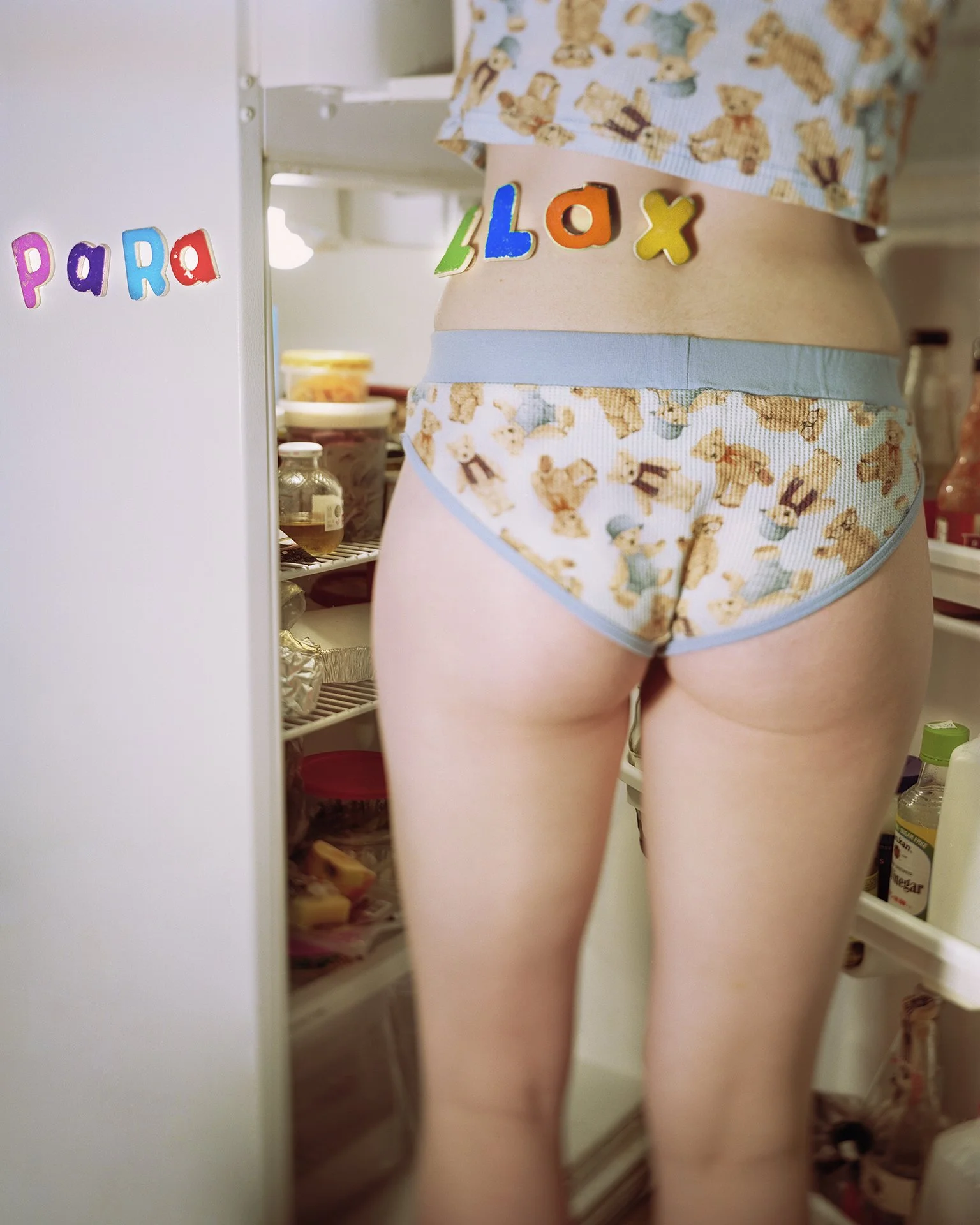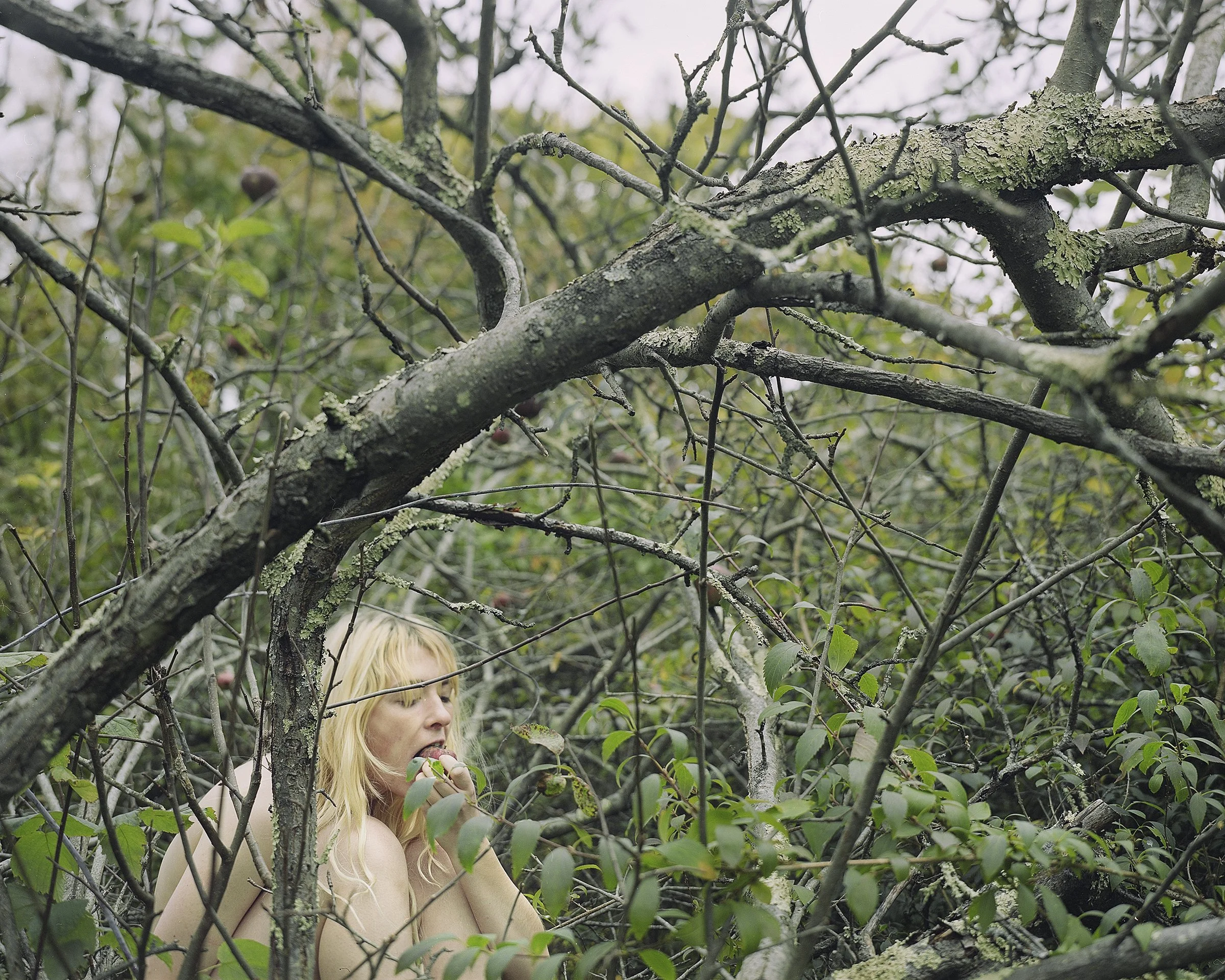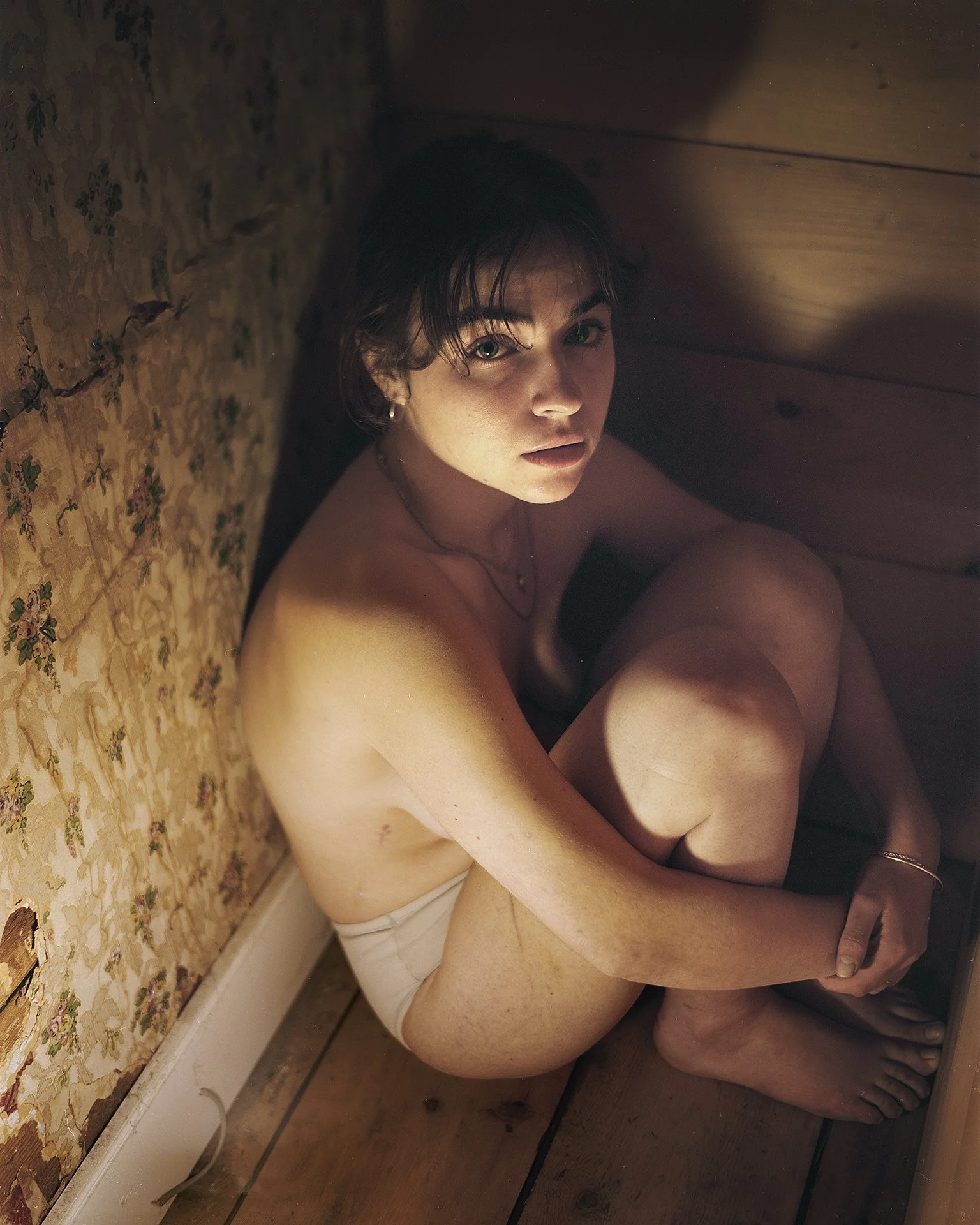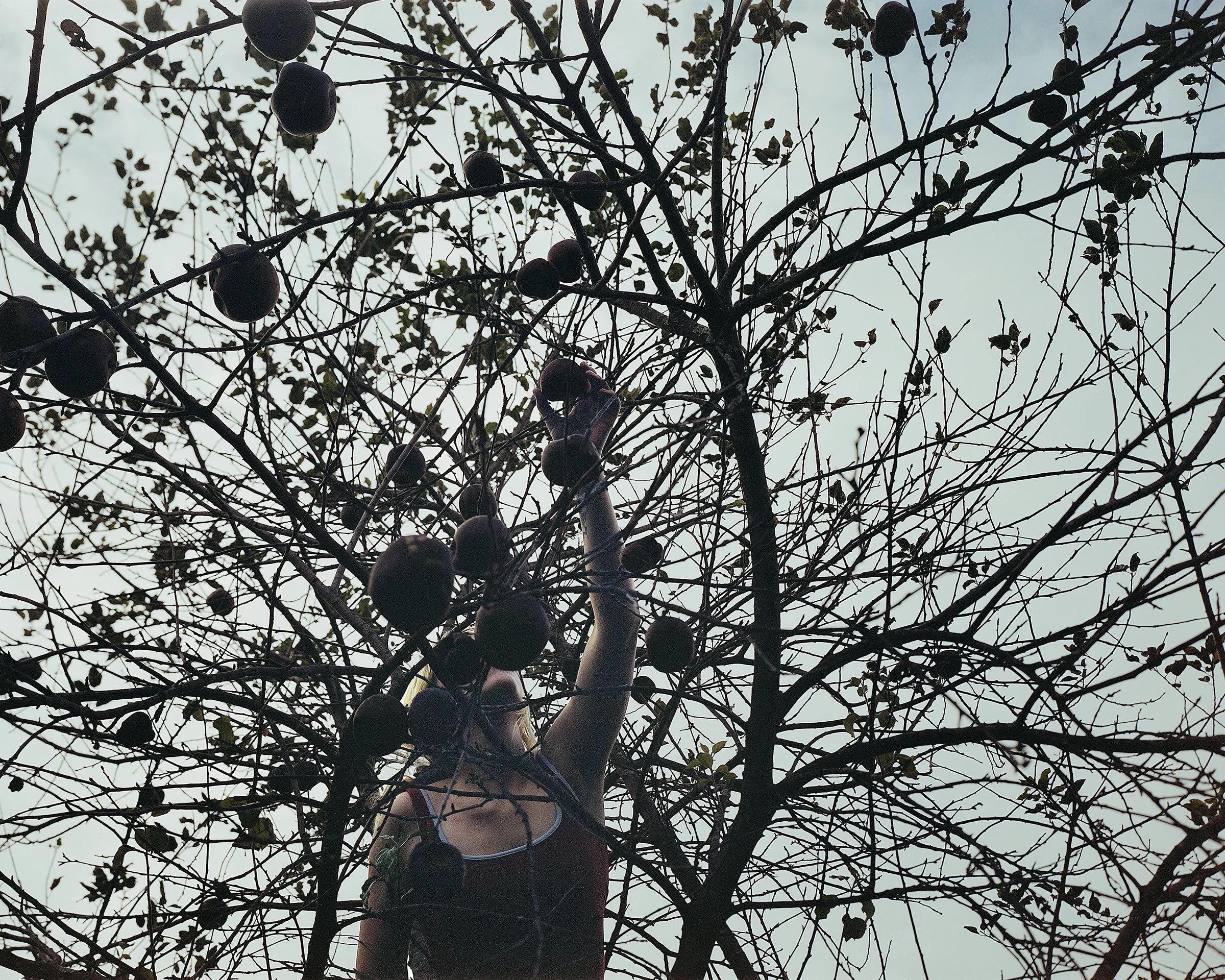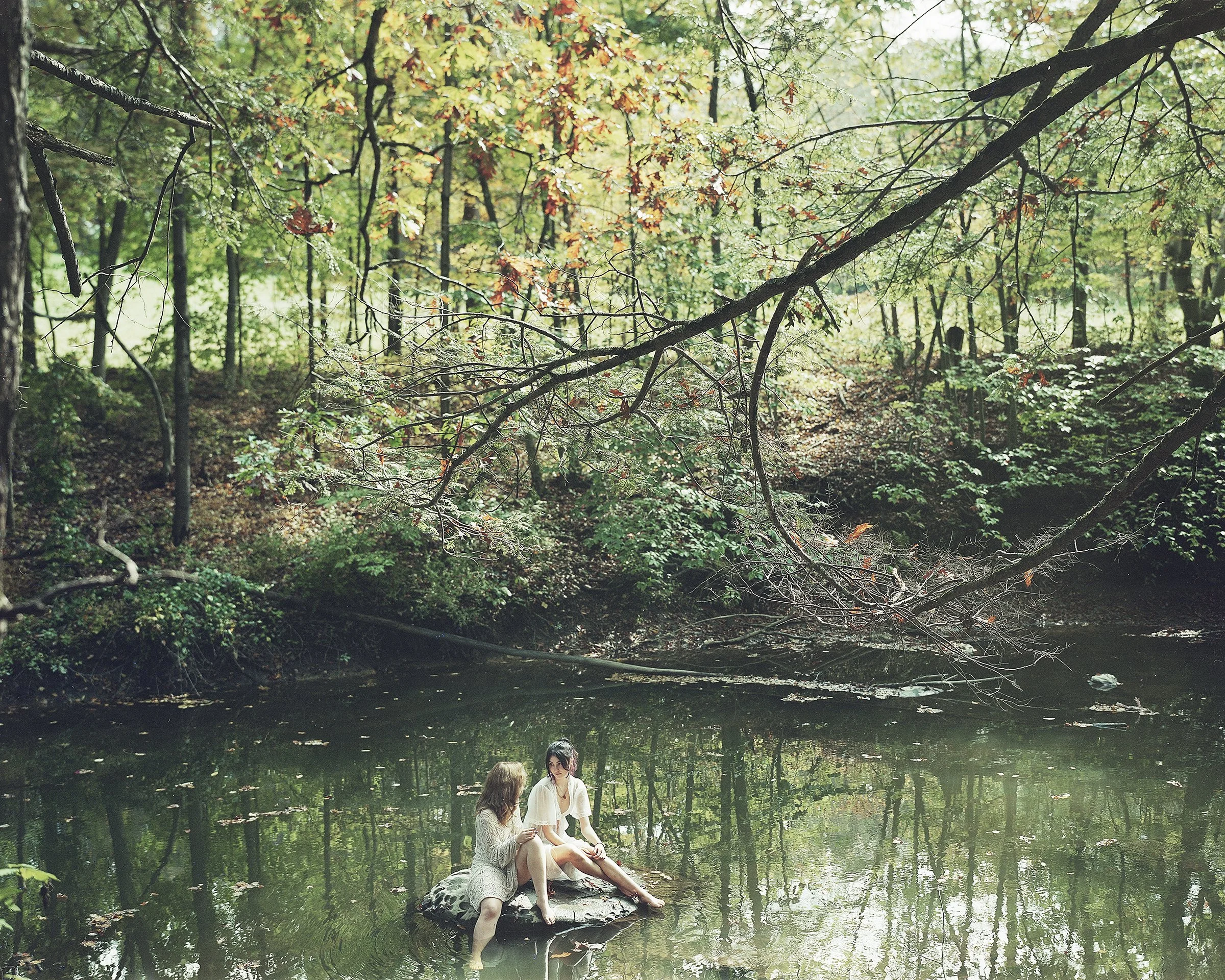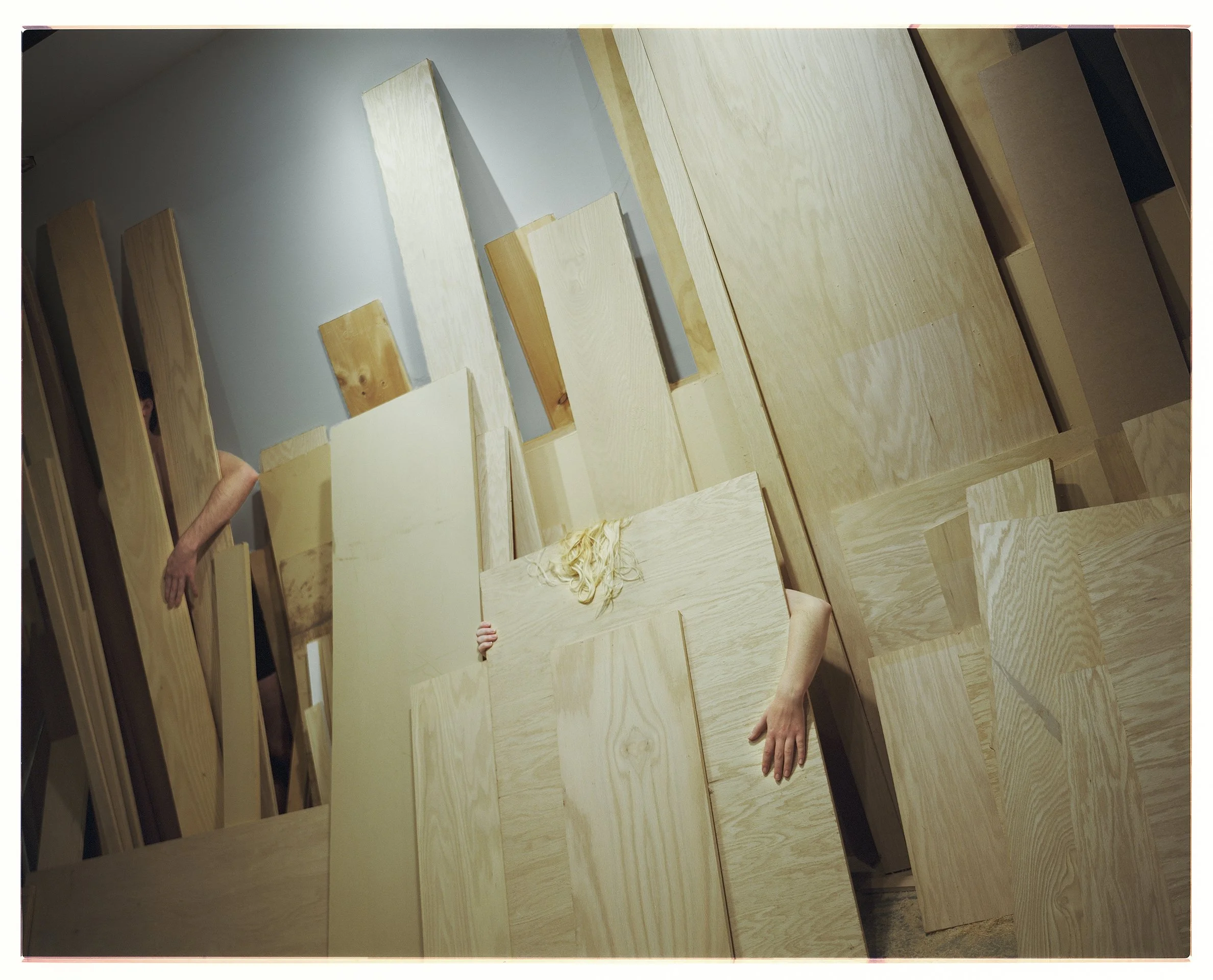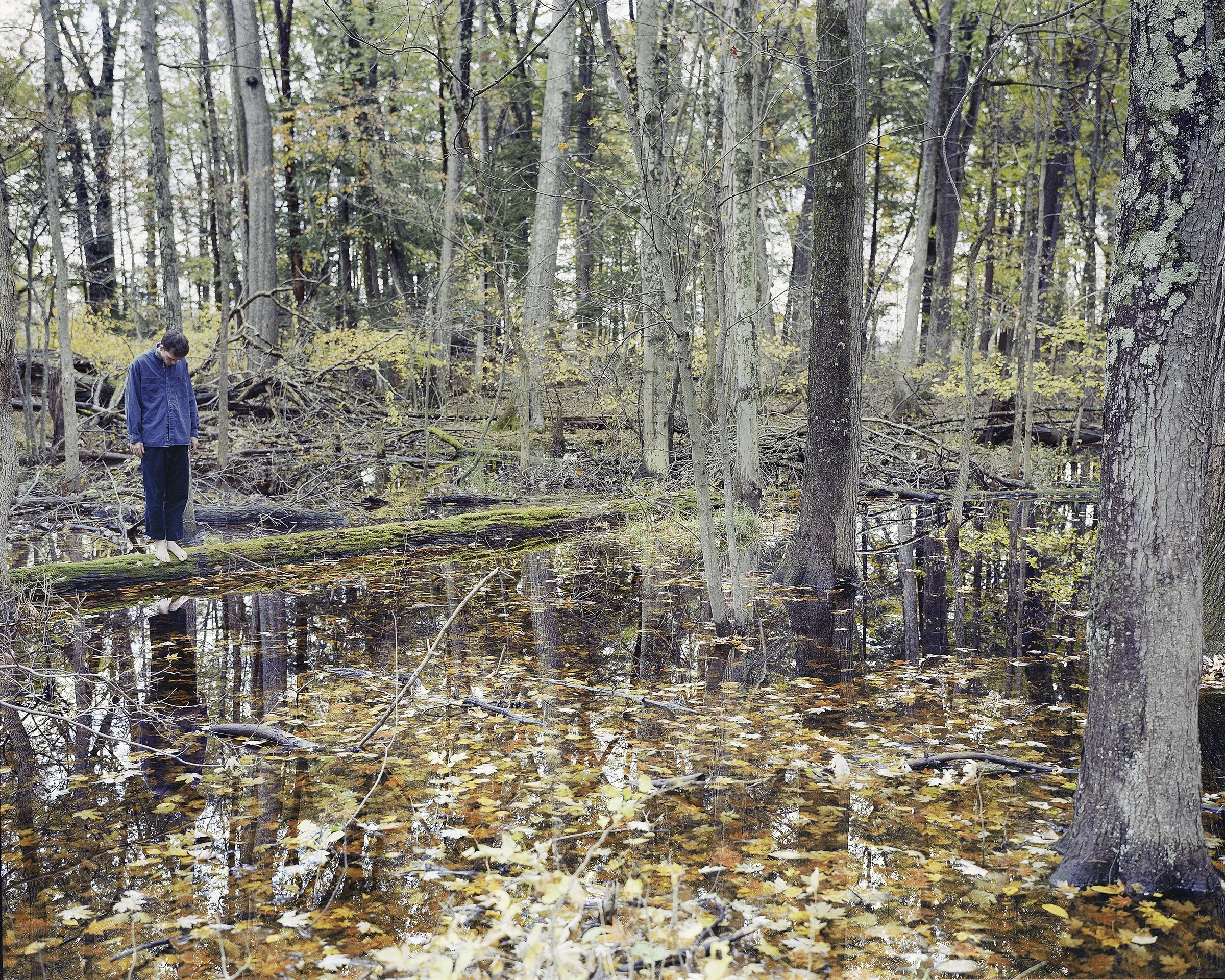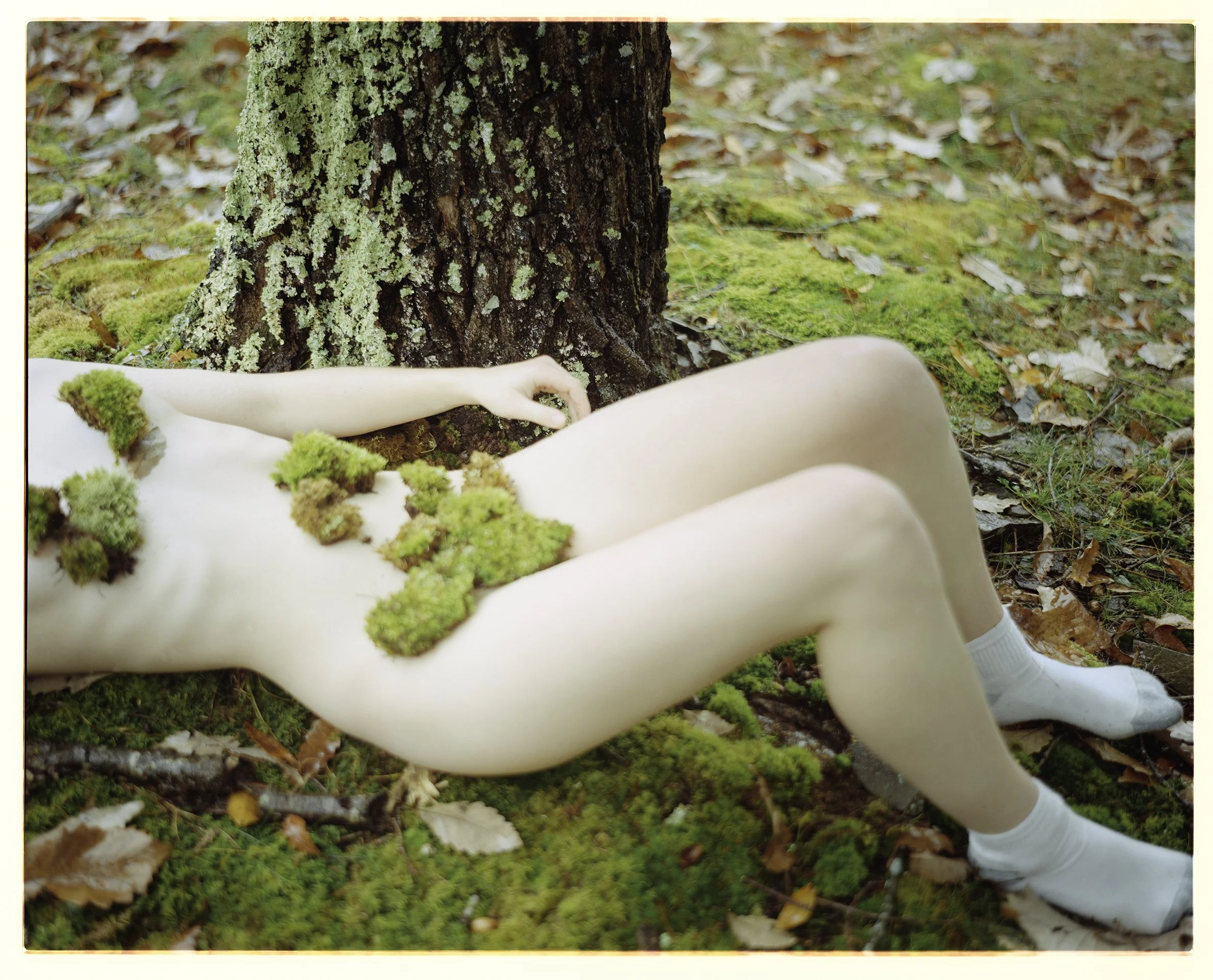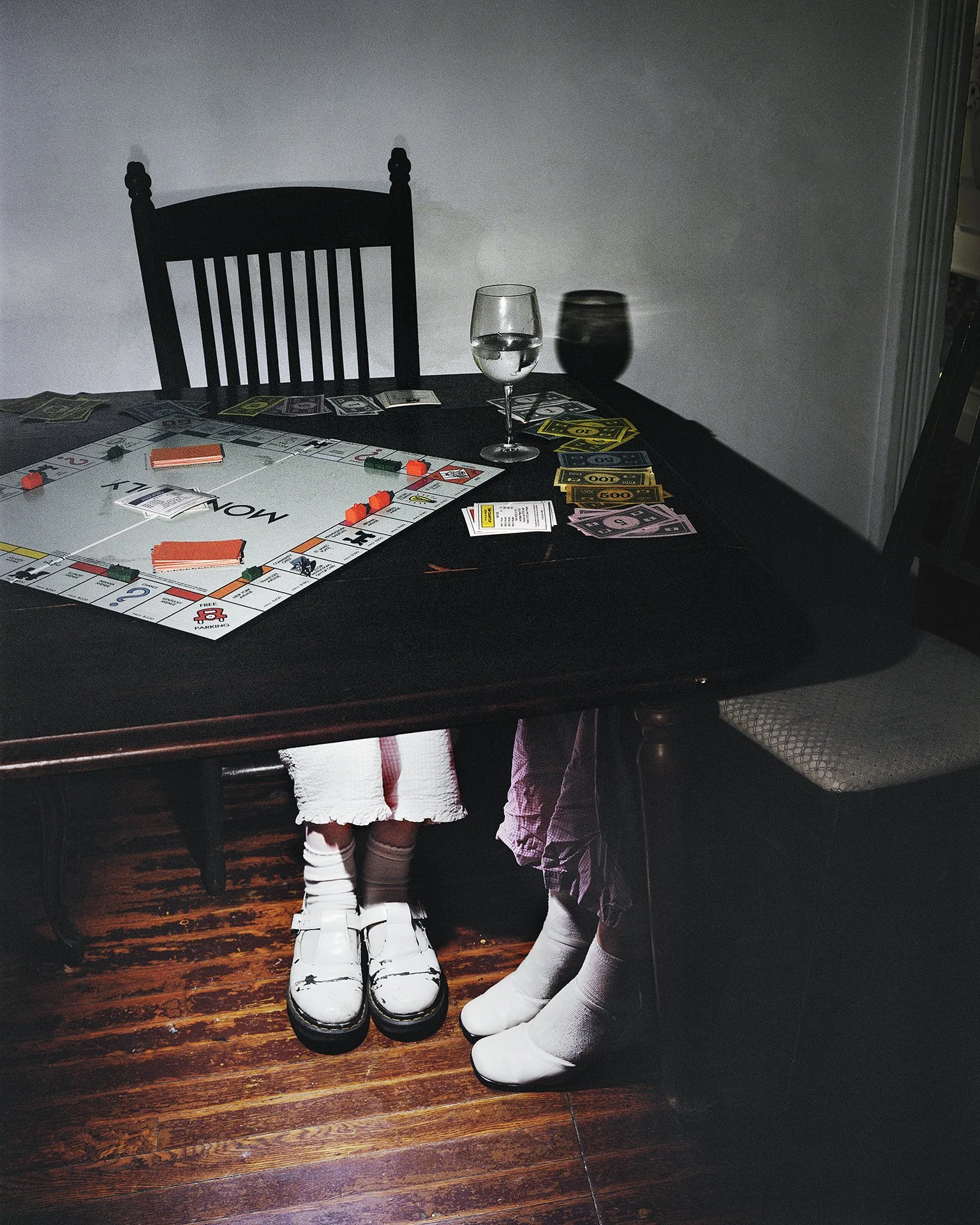PARALLAX
Recently I’ve been considering the relationship between memory and sight, and more specifically how memory inherently affects the way in which we view the world. Things appear to me both as they once were and as they are today and every way they’ve materialized in between. Certain things have accumulated so many different layers of perception, each layer reinforcing a veil, I’m not sure I know what they truly look like anymore; what I see now is the absence of what I once saw. Waking up to snow is still quietly powerful and magical and exciting, and yet simultaneously there is this longing, for the novelty of snow days as a child, the thrill of awakening to an entirely new world. Birthday’s, which for years were so long awaited, my favorite cause for celebration, and which now seem an occasion of grief, a commemoration of lost time. My parents home, once the nucleus of my life, a place that held me tightly, and now a place where I am a visitor. “I struggle with enormous discrepancies: between the reality of motherhood and the image of it, between my love for my home and the need to travel, between the varied and seductive paths of the heart,” Sally Mann wrote in her memoir, Hold Still. This line returns to me frequently, beginning to put words to this phenomenon whose definition has so long eluded me.
Part of the trouble in putting a name to this experience seems to be in its diversity of manifestations. With some things it is an extreme ambivalence; a disorienting juxtaposition of presence and absence, desire and apathy, comfort and unease. With others it feels almost like over-scrutinization, as if things looked at too often become like words repeated so many times they lose their meaning. Still others feel like a clash of expectation and reality; the way I once envisioned that things might be colliding with- and distorting- my vision of how they truly are.
This distortion- whether it be caused by ambivalence, over-scrutinization, divergence between reality and presumption, etc- became the subject of these photographs. Parallax, “the effect whereby the position or direction of an object appears to differ when viewed from different positions,” and a term used in photography to describe the disparity between lens and viewfinder, seems the most fitting word to characterize these different forms of distortion. This series evolved into a meditation on the accruement of meaning and the mechanisms by which memory influences sight. The photographs are an attempt at both reconciling opposing vantage points into a single image and translating this intangible sensation into a visual language.
